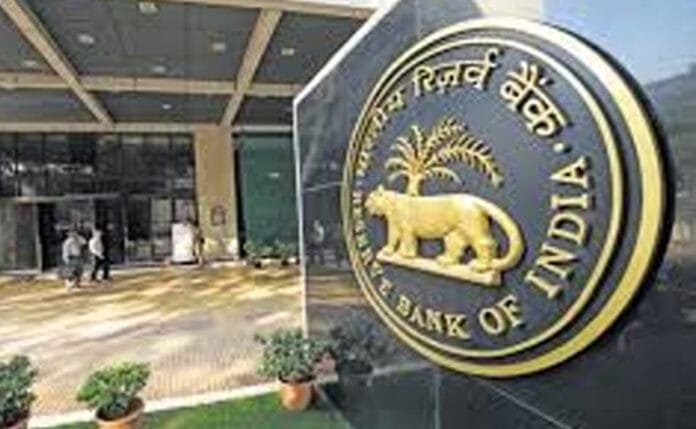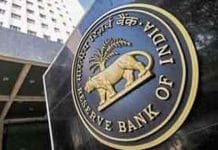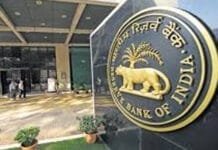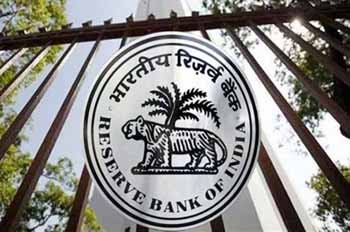Possible Repo Rate Cut After Five Years: What to Expect from RBI’s MPC Meeting
The Reserve Bank of India (RBI) is set to convene its Monetary Policy Committee (MPC) meeting from February 5-7, 2025, amidst growing speculation regarding a potential repo rate cut. This meeting, chaired by the new RBI Governor Sanjay Malhotra, has caught the attention of market analysts and economists. With India’s economy showing signs of sluggish growth and a sustained period of inflation, many anticipate that the RBI will make a decision aimed at boosting consumption-driven demand by reducing the repo rate for the first time in five years. However, several factors, such as the weakening Indian rupee and persistent inflationary pressures, are likely to influence the final decision.
Why Is a Repo Rate Cut on the Table?
The RBI’s repo rate, the rate at which it lends to commercial banks, is a powerful tool in controlling inflation and influencing economic activity. The current repo rate stands at 6.5%, a level maintained since February 2023. This has followed a series of rate hikes in response to rising inflation and other global economic challenges.
Now, with India’s GDP growth showing signs of slowing down, the RBI faces mounting pressure to consider a repo rate cut to stimulate economic activity. Inflation has been mostly under control, but consumer demand remains tepid, which is affecting overall economic growth. This has raised expectations that the RBI might take a proactive step to boost liquidity in the market and encourage spending and investment.
Economic Growth and Weakening Consumption
Despite the government’s efforts to boost economic activity, weak consumption continues to hold back overall growth. According to the latest GDP forecast by the National Statistical Office (NSO), India’s growth rate is projected at 6.4% for the fiscal year. However, analysts argue that the economy could perform better if consumer demand is revived, and a repo rate cut could play a pivotal role in stimulating consumption.
The slowdown in consumption is particularly evident in sectors such as automobiles, real estate, and discretionary spending, where demand has not fully recovered to pre-pandemic levels. Many expect that lowering the repo rate could improve credit availability, making loans more affordable and encouraging spending in these key sectors.
Rupee Depreciation: A Lingering Concern
While there is significant pressure on the RBI to cut the repo rate, the central bank faces a delicate balancing act due to the ongoing weakness in the Indian rupee. As of late, the rupee has fallen below the 87 per US dollar mark, raising concerns about potential capital outflows and further depreciation. A repo rate cut might exacerbate these pressures by making Indian assets less attractive to foreign investors, leading to higher capital flight.
However, analysts argue that the RBI’s measures to inject liquidity into the banking system, such as the injection of ₹1.5 lakh crore into the system on January 27, could provide some relief and stabilize market sentiment. This move is also seen as an important precursor to a possible repo rate reduction.
Inflation Targeting and RBI’s Strategy
Inflation has remained relatively manageable over the past year, with retail inflation largely staying within the RBI’s target range of 6%. The inflationary outlook has improved due to favorable monsoon seasons and easing food price pressures. However, challenges remain, particularly with rising crude oil prices and global supply chain disruptions.
For the RBI, the 6% inflation target continues to serve as a critical benchmark. Should inflation expectations remain well-anchored, a repo rate cut could be justified without triggering an uptick in inflationary pressures. In fact, some economists argue that a rate cut might be the perfect way to counter sluggish growth while maintaining inflation within the desired range.
Budget 2025: A Catalyst for Rate Cut?
The Indian Union Budget for FY 2025-26, presented by Finance Minister Nirmala Sitharaman, has received significant attention for its growth-oriented proposals. The government’s emphasis on infrastructure development, public investment, and social welfare programs is expected to boost aggregate demand and create jobs.
Given these pro-growth measures, there is growing speculation that the RBI could align its monetary policy with the government’s fiscal policy by cutting the repo rate. By doing so, the central bank would provide additional stimulus to the economy, ensuring that the government’s efforts to spur growth are complemented by favorable monetary conditions.
What Do Experts Predict?
Madan Sabnavis: Optimistic About a Rate Cut
Madan Sabnavis, the Chief Economist at Bank of Baroda, has expressed optimism about a potential repo rate reduction. He highlights two key factors that could sway the RBI’s decision towards a rate cut:
- Improved Liquidity Conditions: The RBI’s announcement to inject ₹1.5 lakh crore into the banking system has helped improve market liquidity, creating favorable conditions for a rate cut.
- Growth-Focused Budget: With the government’s growth-oriented budget, the RBI might reduce the repo rate to complement fiscal policies aimed at boosting the economy.
According to Sabnavis, a repo rate cut could help rejuvenate sluggish consumption, which is essential for maintaining economic growth in the coming quarters.
Aditi Nair: Leaning Towards a Repo Rate Cut
Aditi Nair, Chief Economist at ICRA, also believes that the odds favor a repo rate cut this time. She suggests that given the global economic slowdown and domestic inflation control, a modest rate cut could be the RBI’s preferred course of action. Nair expects the central bank’s decision to be primarily aimed at supporting economic recovery and stimulating demand.
Despite the concerns over the weakening rupee, Nair maintains that the RBI’s focus on inflation control and sustaining growth should guide the decision in favor of a repo rate reduction.
What Could This Mean for Consumers?
If the repo rate cut materializes, consumers can expect lower borrowing costs. Home loans, personal loans, and car loans are likely to become more affordable, leading to an uptick in consumer spending. The reduction in interest rates could also have a ripple effect on businesses, encouraging investment and potentially driving up job creation.
What Are the Risks?
While a repo rate cut could provide the much-needed stimulus, the risks remain substantial. Global inflationary pressures, the rupee depreciation, and the ongoing geopolitical tensions could make it difficult for the RBI to strike the right balance. Additionally, excessive rate cuts could jeopardize the central bank’s inflation targets, leading to higher costs for consumers in the long run.










